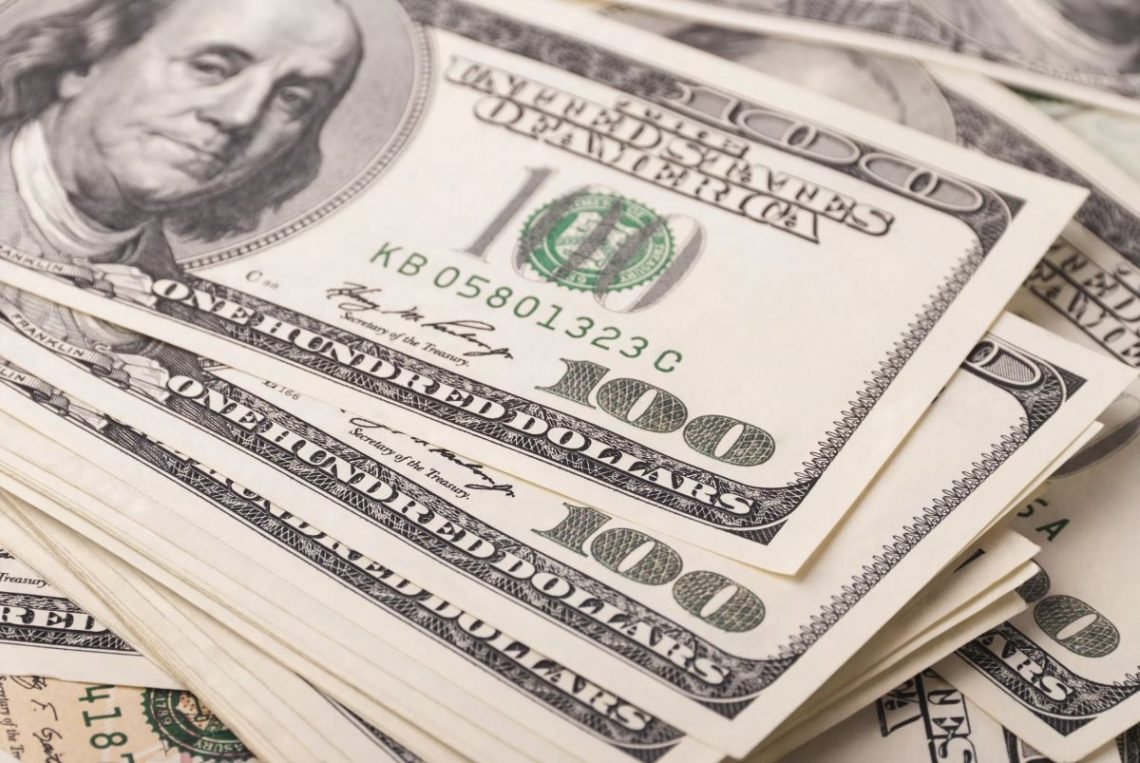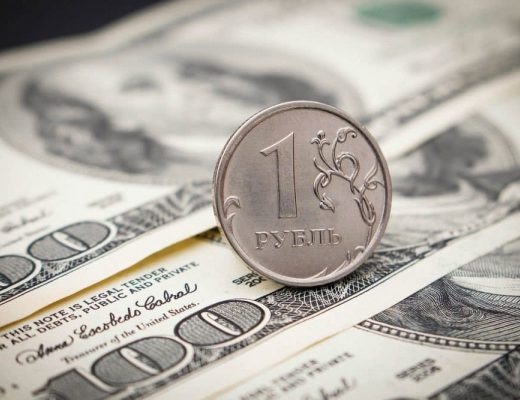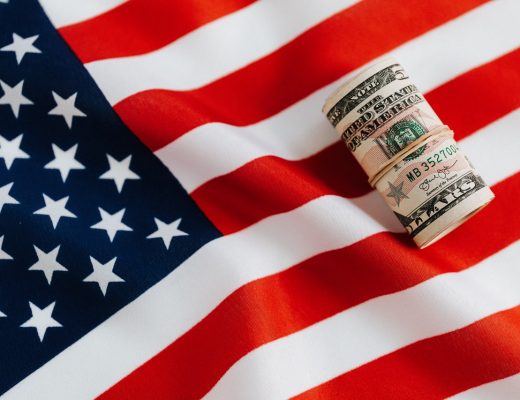Giving up the dollar: why do Russia and China switch to national currencies?
Against the background of a trade conflict between the United States and China, Beijing decided to reduce its dependence on the dollar. In this matter, China also supports Russia, now the countries will carry out calculations in yuan. The renunciation of the dollar is carried out in stages, so that it would not be a great shock to the economies of the states.
Beginning in 2015, the share of U.S. currency in trade between Russia and China is gradually declining. And if then in dollars were about 90% of all operations, now this share is 50%. In the first quarter of last year, about 30% of payments were made in euros, national currencies – rubles and yuan, accounted for 24%.
Russia and China maintain a balance of export and import supplies. In 2019, Russia sold to China products for 56 billion dollars, and bought for 54 billion dollars. This ratio in trade helps to solve the problem of dependence on the American currency. The fact that such a balance reduces the need for countries to use other money than their own.
Experts note that the main factor in the rejection of the dollar is the pressure from the U.S., both on China and Russia. U.S. sanctions are growing, which limits the countries in development. In addition, dollar payments are made through U.S. banks, which further aggravates the situation. Tense relations affect transactions, and are a lever of control for the White House. Analysts believe that it is convenient to use national currencies for trade between China and the Russian Federation, excluding intermediate options. It will also strengthen the rouble and the yuan in the domestic market by increasing demand for them.

China now needs to strengthen the national currency at the global level, expanding its use for settlements with other countries. In the case of the ruble, there is a high volatility, which does not allow money to achieve some success in the global market.
In 2014, China and Russia entered into an agreement for 3 years, which implied the creation of foreign exchange swap for a total of 150 billion yuan (24.5 billion in dollar equivalent). This deal allowed countries to exchange currency without making additional purchases on the foreign exchange market.
However, not all settlements were made in rubles or yuan. For example, purchases of oil and gas are made in euros, which is explained by its high liquidity, as well as by the dollar. It should be noted that euro settlements are growing on the world market, but the dollar still holds leading positions.










